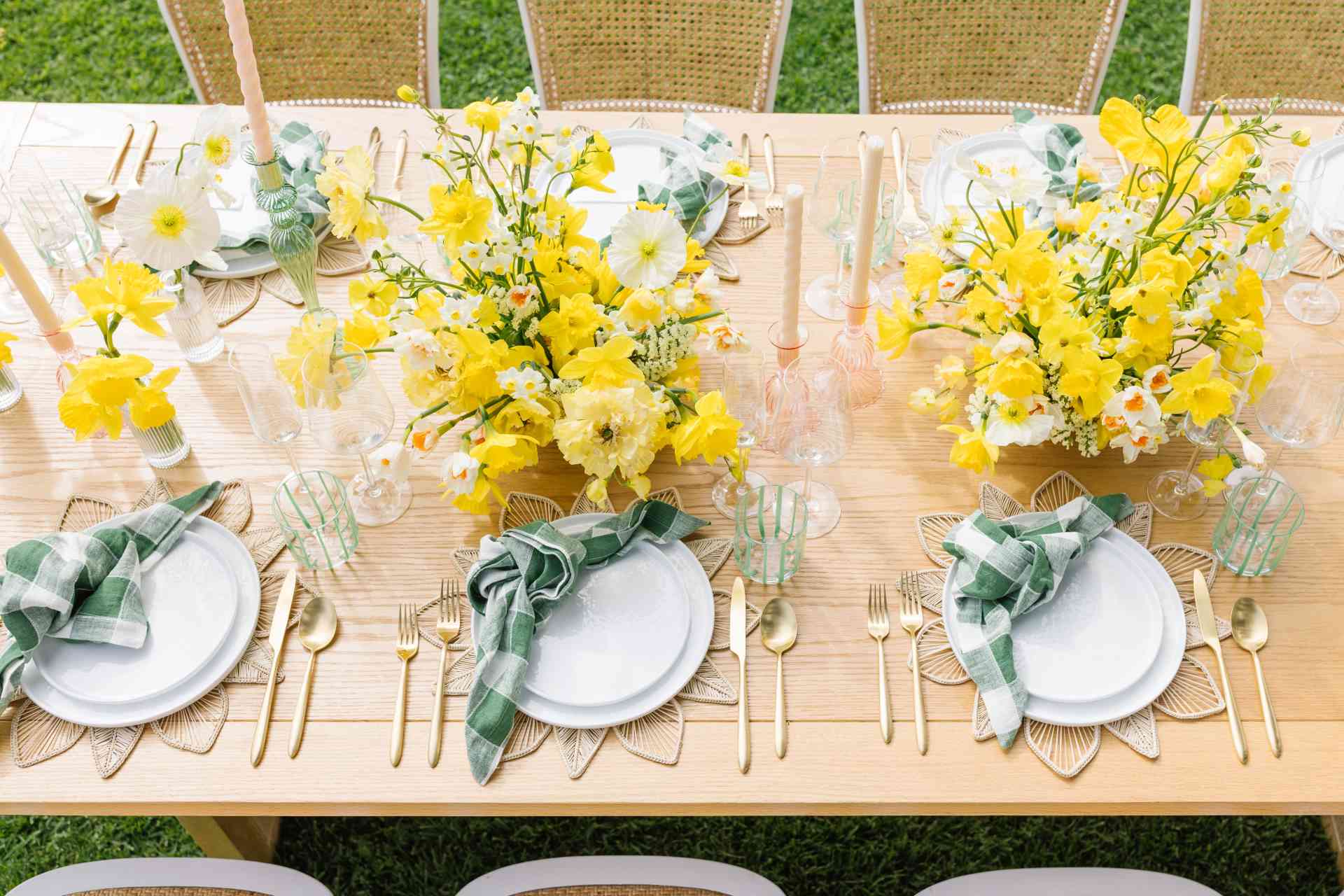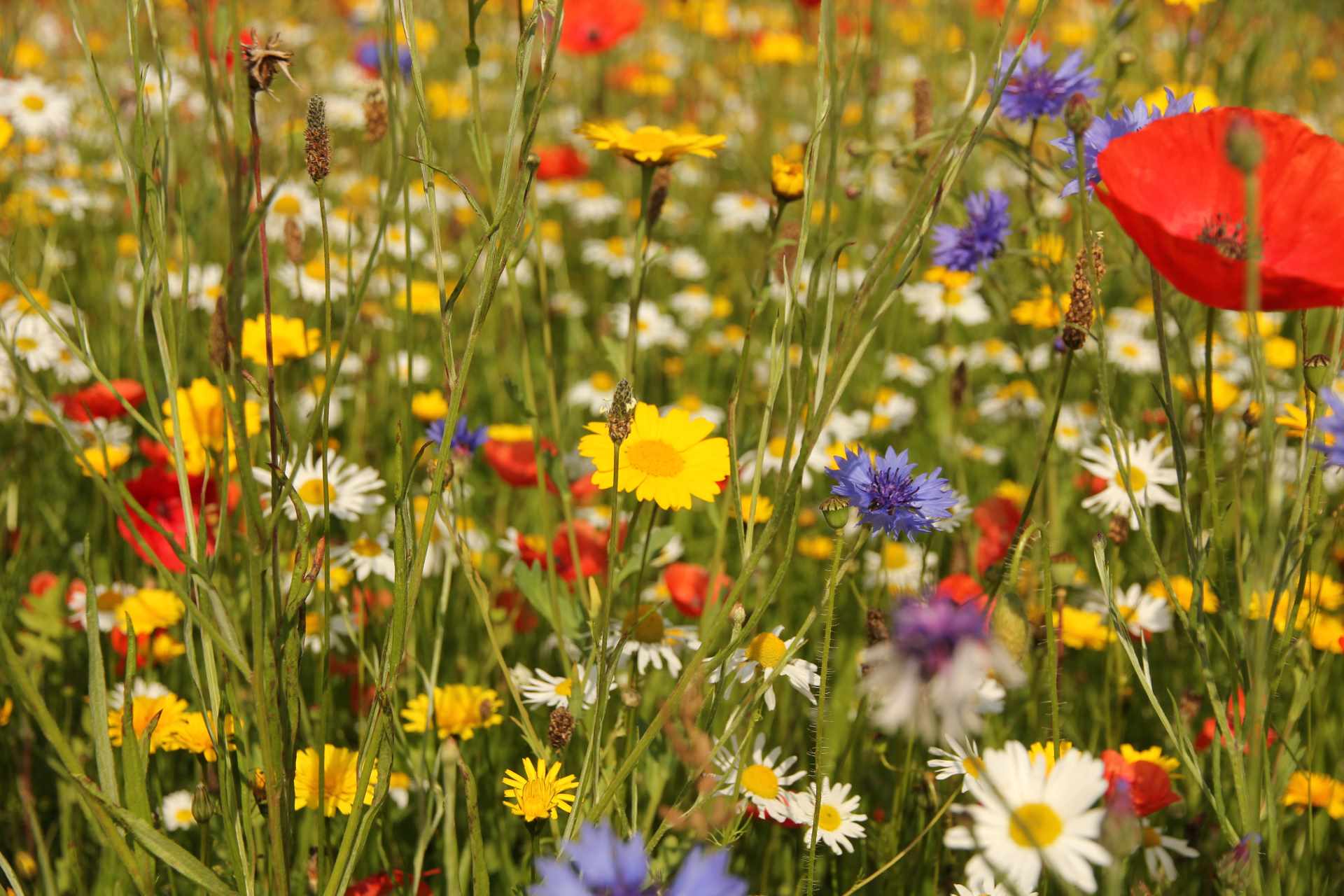Become the Hostess With The Mostest


Imagine strolling through your neighborhood park or city sidewalks, not just as a means of getting somewhere, but as a journey of discovery, where the pavement gives way to an array of edible treasures waiting to be found. Urban foraging invites us to see our cities in a new light, transforming everyday spaces into veritable gardens.
In recent years, urban foraging has emerged as a captivating trend, inviting city dwellers to reconnect with nature in the midst of bustling urban landscapes. With a sense of curiosity, the spirit of exploration and a commitment to sustainability, anyone can embark on their own foraging adventure.
Join us as we uncover the essence of this fascinating practice and offer insights on where to begin.
Hungry for more? Display all of your urban foraged treats on tableware that’s just as wild with our Wildflower Collection! With delicate floral designs and colors picked right from nature, it’s the perfect complement to all of your wild creations.
At its core, urban foraging is the practice of identifying and collecting wild foods (think tree nuts, plant roots, mushrooms and flowers) growing locally around your city. Believe it or not, but urban environments offer a surprising abundance of food for those with a keen eye and a sense of adventure.
Contrary to common perception, you don’t need to venture deep into the wilderness to forage—you can explore the green spaces, parks, vacant lots and even sidewalks of your own city to discover a wealth of edible plants and fungi.
Foraging offers numerous benefits, both personal and environmental. It connects individuals with the natural world, promotes sustainability by utilizing local resources and provides access to fresh, nutrient-rich foods. Additionally, foraging can foster a sense of community and cultural connection, as it often involves sharing knowledge and experiences with others.
In her book Urban Foraging: Find, Gather, and Cook 50 Wild Plants, herbalist and expert forager Lisa M. Rose says “Gathering your own food to make dinner can help instill a sense of place.” She maintains that highlighting the role of wild plants in our food system can teach us to heal our soil, our waterways and our own public health. In this way, urban foraging creates new potential for greener, healthier and more sustainable ecosystems.
In recent years, urban foraging has gained popularity as people seek alternative ways to access fresh, organic foods and reduce their environmental impact. With the increasing interest in sustainable living and local food systems, urban foraging has emerged as a practical and accessible solution for urban dwellers to connect with nature and supplement their diets with wild, nutritious plants.
If you’re intrigued by the idea of urban foraging but unsure where to begin, research is going to be your best friend. Before venturing out, use field guides, foraging apps and online forums or join a local foraging group to get some hands-on learning.
Perhaps a better place to start is where not to forage. Try not to forage in areas that might be prone to high levels of pollution—near heavy car traffic or sources of agricultural runoff like farm fields, orchards and factories—or on lawns that might be treated with pesticides, especially golf courses.
“Wildman” Steve Brill, a foraging teacher and decades-long enthusiast, says foraging takes “basic common sense and care.” He recommends foraging in habitats with more diverse foliage, like large parks, thickets or heavily wooded areas.
Identifying edible plants is crucial to the sport so that you avoid harvesting toxic species.
Look for common edible plants like dandelions, nettles and sorrel—and always wash before consuming. You can also read regional field guides to learn about wild, edible plants in your state. Or try a foraging app like Foraging with the Wildman, which offers a catalogue of common edible plants, identification tips and recipes.
The California Academy of Sciences and National Geographic Society created the iNaturalist app for broader information on local flora and fauna, as well a companion app called Seek for identifying species. Forager’s Diary is useful for identifying and keeping track of the names and locations of foraged finds.
Another pro tip is to learn the Latin names of plants rather than colloquial names to help you distinguish plant varieties and lookalikes. For mushrooms, which can be trickier to identify, stick to the foolproof four: chicken of the woods, chanterelles, giant puffballs and morels.
Related: Mushrooms 101: A Comprehensive Guide
Beyond the thrill of sourcing your own food, urban foraging offers a myriad of health and wellness benefits.
Foraging can be a form of mindfulness, allowing you to engage all your senses. And foraged foods are often more nutritious than their store-bought counterparts, rich in vitamins, minerals and antioxidants—not to mention medicinal properties. Certain plants have been used for centuries in traditional medicine to treat various ailments and promote well-being.
As you get more into the foraging practice, it’s essential to consider the ethical implications of your actions.
The U.S. Forest Service emphasizes the importance of sustainable foraging practices, advocating for responsible harvesting that minimizes harm to ecosystems and respects the rights of indigenous communities.
Always harvest in moderation, leaving enough plants behind to ensure their continued growth and reproduction.
From nettle soup to dandelion fritters, there’s no shortage of inventive ways to incorporate wild ingredients into your meals.
Experimentation is key, so don’t be afraid to let your creativity run wild in the kitchen. You can incorporate wild greens into salads, soups and stir-fries, or use them to create flavorful pestos and sauces.
Get creative with wildflower-infused syrups and jams, or brew herbal teas using foraged herbs and flowers. With a little imagination, urban foraging can inspire a whole new world of cooking.
Related: A Guide To Edible Flowers and Their Uses
Hungry for more? Display all of your urban foraged treats on tableware that’s just as wild with our Wildflower Collection! With delicate floral designs and colors picked right from nature, it’s the perfect complement to all of your wild creations.
Join The Conversation